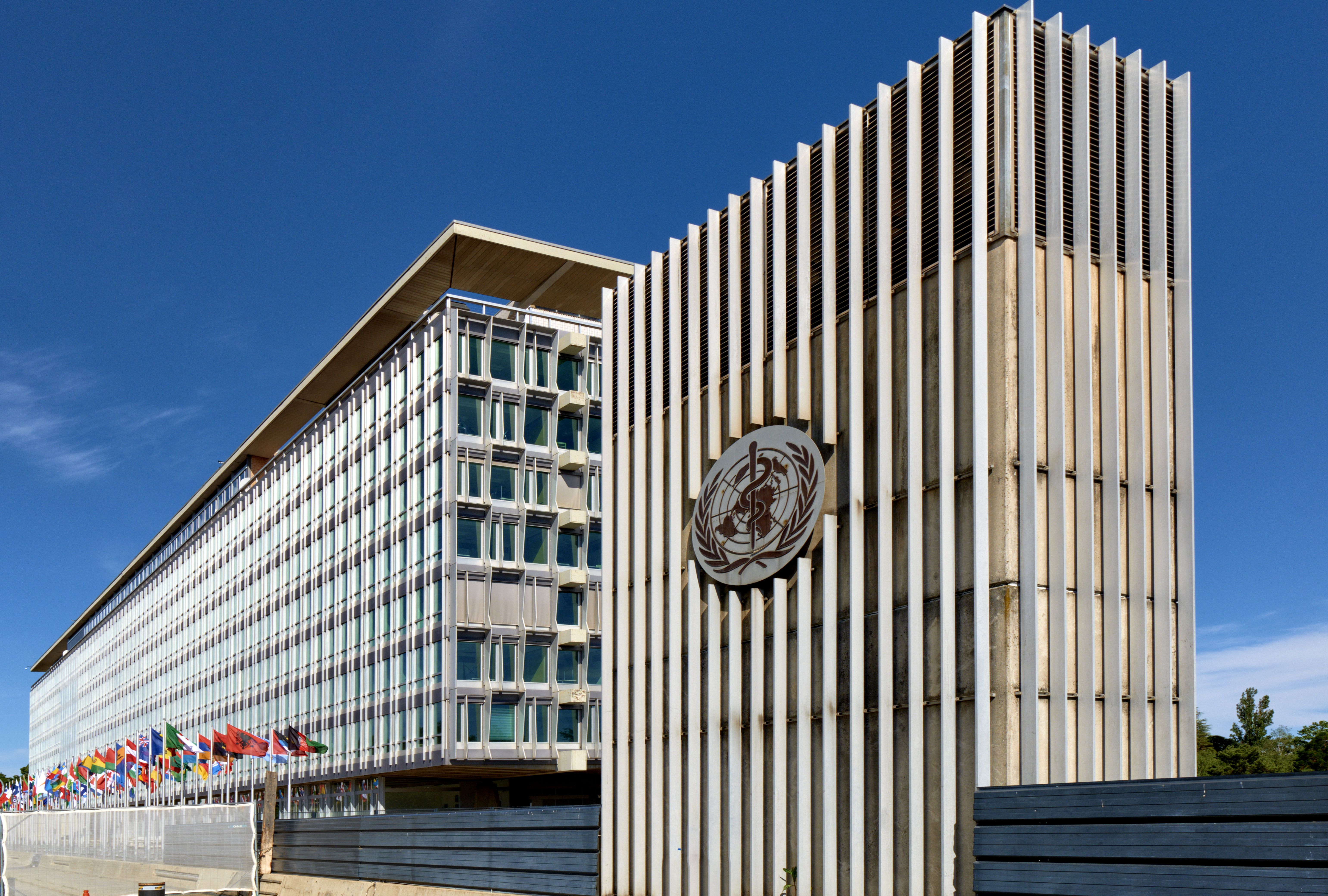Article
Newly Identified Metabolic Targets May Improve Treatment Strategies for CDI
Author(s):
Researchers from Brigham and Women’s Hospital and Massachusetts General Hospital identified new targets for small molecule drugs to counter Clostridioides difficile colonization and infection (CDI) in the gut and provide a new approach to rapidly define microbial metabolism for other applications.
Metabolic strategies used by Clostridioides difficile to rapidly colonize the gut were identified by a group of researchers from Brigham and Women’s Hospital (BWH) and Massachusetts General Hospital (MGH), which may lead to novel strategies to better prevent and treat C difficile infection (CDI).
As the most common cause of antibiotic-associated diarrhea and health care–acquired infections, CDI is associated with significant morbidity and mortality risk among those affected, as well as substantial health care utilization and costs.
Current knowledge on C difficile characterizes the bacteria as that of obligately anaerobic species, indicating that it does not replicate in the presence of oxygen gas. Moreover, C difficile causes infections by releasing toxins that allow the pathogen to obtain nutrients from damaged gut tissues.
Research published today in Nature Chemical Biology sought to further assess how C difficile metabolizes nutrients while colonizing the gut, insights that could inform new approaches to prevent and treat infections, noted the study’s co–senior author, Leo L. Cheng, PhD, an associate biophysicist in Pathology and Radiology at MGH and an associate professor of Radiology at Harvard Medical School, in a statement.
The study used a high-resolution magic angle spinning nuclear magnetic resonance spectroscopy (HRMAS NMR) of C difficile, grown with fermentable 13C substrates, to perform a dynamic flux balance analysis (dFBA) of the pathogen’s genome-scale metabolism.
To examine the real-time metabolism of the living cells under anaerobic conditions, researchers incorporated computational predictions to detect metabolic shifts in C difficile as nutrient availability decreased, and then developed an approach to simultaneously track carbon and nitrogen flow through anaerobe metabolism.
“Investigating real-time metabolism in microorganisms that only grow in environments lacking oxygen had been considered impossible,” said study coauthor Lynn Bry, MD, PhD, director of the Massachusetts Host-Microbiome Center, associate medical director in Pathology at BWH, and an associate professor of pathology at Harvard Medical School, in a statement. “Here, we’ve shown it can be done to combat CDI—and with findings applicable to clinical medicine.”
Findings showed that C difficile jump-starts its metabolism by fermenting amino acids before engaging oxidative and supporting reductive pathways to ferment simple sugars such as glucose. Critical pathways were then shown to converge on a metabolic integration point to produce the amino acid alanine to efficiently drive bacterial growth.
The microbial metabolites identified by the analysis were noted to provide targets for small molecule drugs to counter C difficile colonization and infection in the gut. Moreover, the analytic approach can support further analyses of prokaryotic physiology to rapidly define microbial metabolism for other applications, including microbial responses to antibiotics or optimization of conditions to produce economically and therapeutically important metabolites.
Reference
Pavao A, Girinathan B, Peltier J, et al. Elucidating dynamic anaerobe metabolism with HRMAS 13C NMR and genome-scale modeling. Nat Chem Biol. Published online March 9, 2023. doi:10.1038/s41589-023-01275-9





